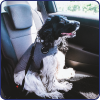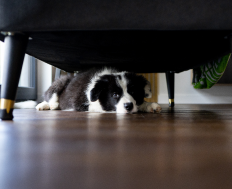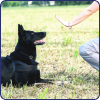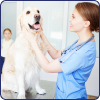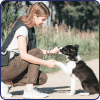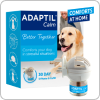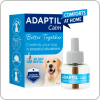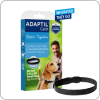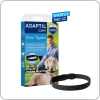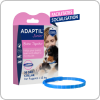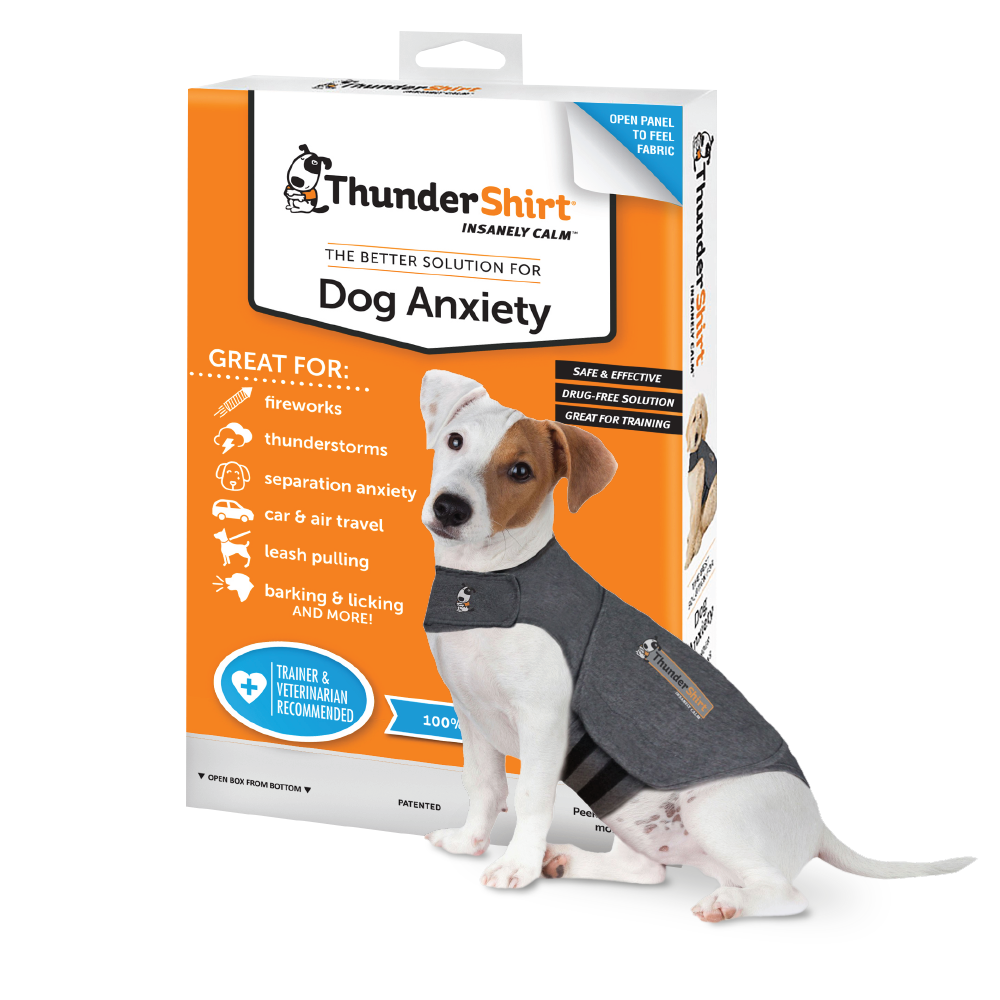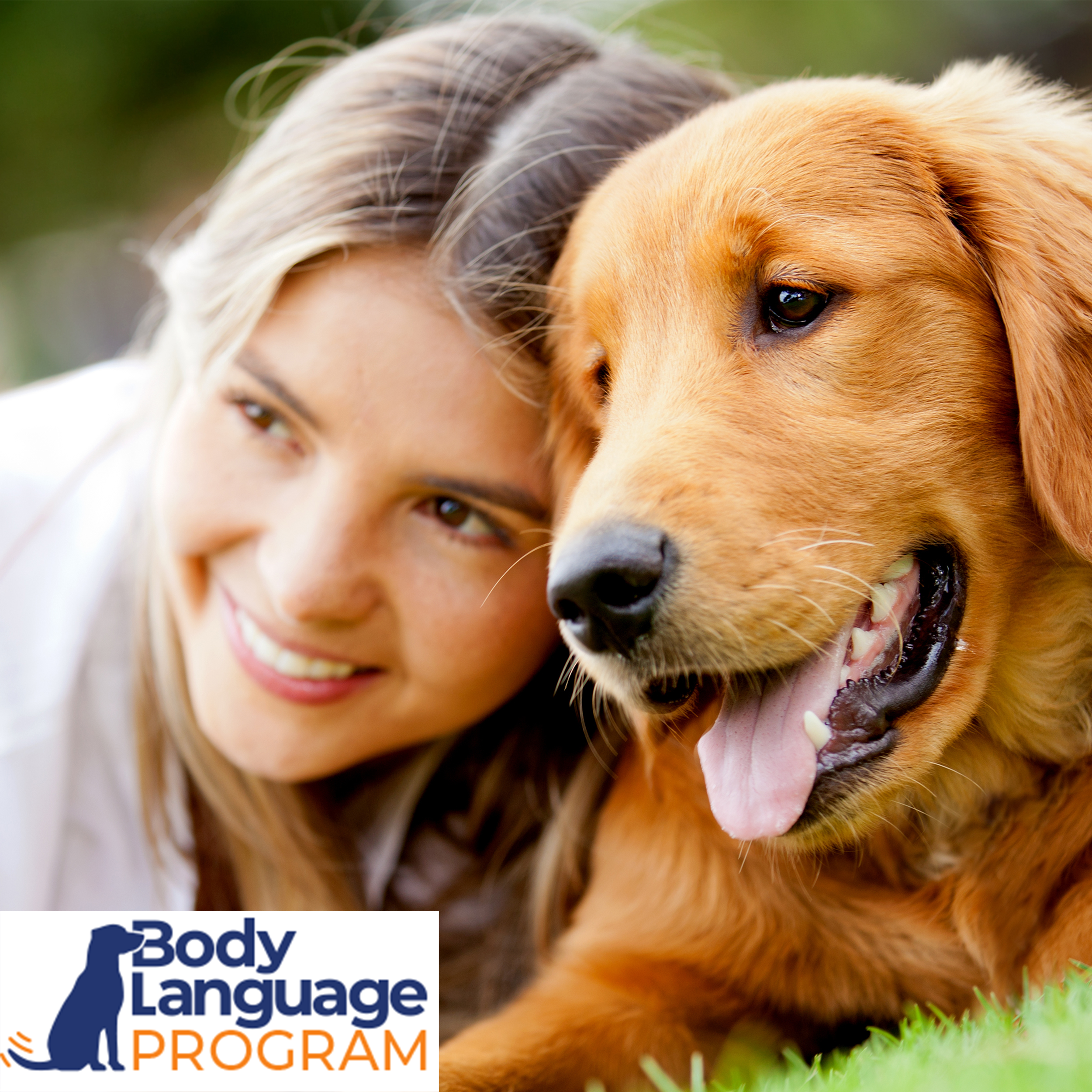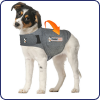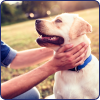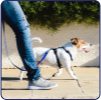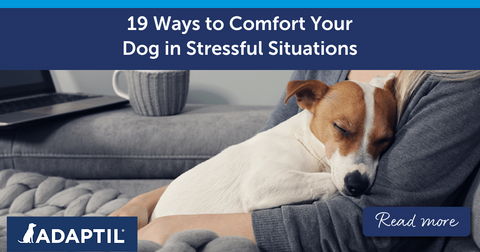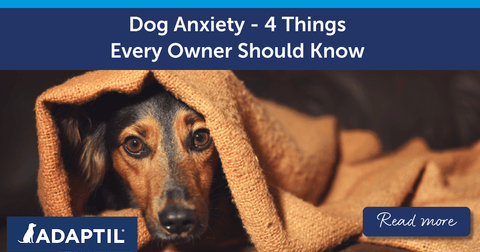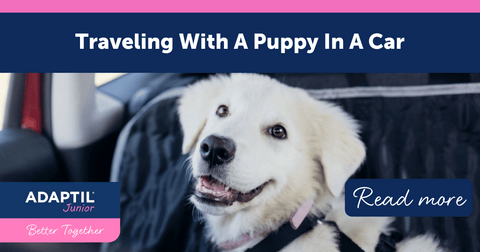
Introducing Your Pup to Dog-Friendly Spaces
If you want to spend more time with your canine companion, dog-friendly places are a great way to do it! Taking your pooch to pet-friendly places allows for socialisation, enrichment, and bonding opportunities.
But taking your pup to a new place requires preparation and training. In this blog, we’ll explore the different dog-friendly places you can take your furry friend, as well as tips for introducing your dog to different spaces.
Types of Dog-Friendly Places
In recent years, more and more public spaces have become dog friendly. This means that there are a range of places to choose from when introducing your dog to the outside world, such as:
-
Parks – Some parks include enclosed areas where dogs can run off-leash and socialise with other dogs. There are also dog parks or fields that you can rent on your own so your dog can have fun without the pressure to interact with other dogs.
-
Beaches – Many beaches have designated dog areas to allow pups to play and explore. Just keep an eye out for if there are certain limitations for example hours of the day or times of year when dogs can’t visit.
-
Cafés – Dog-friendly cafés are a great opportunity to socialise with other dogs and pet owners. It’s important before you visit to check which cafés local to you welcome dogs.
-
Hotels – When you’re taking your dog for an overnight stay, make sure the space is fit for your dog’s needs. Consider where your dog can go beyond your room and if there are easy access places for toileting.
-
Shops – Often, your pooch can accompany you in pet stores to help you shop for their toys and treats! Some retail parks and shops are also dog-friendly but be sure to check with a member of staff if you’re unsure.
-
Restaurants – Dog-friendly pubs or restaurants are an ideal way to socialise and go for a great meal out without having to leave your dog at home. However, always be mindful of others and check if there are certain areas dogs aren’t allowed in.

Signs Your Dog Is Uncomfortable
Introducing your pup to a new space can sometimes be nerve-wracking. When going to a dog-friendly place, it’s important to know the signs of dog anxiety and stress. This can help you know when your dog is finding a situation uncomfortable. Different areas to look out for include:
Unsure Body Language
When in a social situation, signs of discomfort in your pup can include dilated pupils, pulled back ears, lowered body position, a low tucked tail, and moving or looking away. To learn more about your dog’s body language, you can also take part in our Dog Body Language Program, which takes you through the different aspects of dog body language.
Vocalisations
Whining, barking or growling can indicate that your pooch is experiencing dog anxiety or stress in a situation. Be sure to check their body language and the situation they’re in to determine the reason behind a vocalisation.
Behavioural Changes
If your dog starts pacing, is becoming restless or attempting to hide, these are signs that they may not be comfortable in the current situation.
If you notice that your dog is showing signs of being uncomfortable in public spaces, it can be beneficial to introduce them to ADAPTIL. The ADAPTIL Calm Collar releases calming pheromones to provide your dog with constant reassurance on the go! Alternatively, you can spray ADAPTIL Transport on your dog's bedding or in their crate to provide up to five hours of comfort in new dog-friendly places.

Tips for Introducing Your Pup to Dog-Friendly Places
When introducing your dog to pet-friendly places, it’s important to remember that every dog is unique. Some of our furry friends may require different approaches and time to feel at ease. So, it’s key to be patient and attentive to your dog's needs during the process.
Start Slow
Start by gradually introducing your dog to new environments. Begin with less crowded places and limit this to short periods of time, then slowly progress to busier areas. When going to more crowded spaces, always check your dog’s body language to monitor how they’re coping. By slowly introducing them to new areas, this will help build their confidence when out and about.
Remember that when out, your dog may be experiencing many different sounds and smells for the first time. So, if you are not sure how your dog may react, it can be useful to visit first without your dog so you can assess the area.
During the process of introducing your dog to a new space, make sure to reward them with treats and praise for calm behaviour and positive interactions!
Socialise at an Early Age
Introducing socialisation as a puppy can benefit how your dog approaches new places as they grow. Socialisation is important for puppies, as it helps them learn about the world around them. These first and early experiences with humans and other dogs should be as positive and relaxed as possible. This will build positive associations for your pup, leading to less anxiety about exploring new places as they get older.

Pay Attention to Reactions
Pay attention to your dog's reactions and be ready to leave if they show signs of being stressed, frightened, or overwhelmed. Don’t force your dog to interact or experience something if they are not comfortable with it, as this can create a negative experience and make them more worried about experiencing new places.
Be Prepared
Depending on the dog-friendly places you’re visiting, consider what you need to bring with you. Bring along a blanket, a filled chew toy, treats, poo bags, a collapsible water bowl, and water. It’s important to be prepared for any unexpected situations too, so make sure you have a local vet to contact just in case.
It’s also important to be aware of any restrictions or rules about the dog-friendly space you are visiting. If you haven’t gone to a specific place for a while, consider whether your dog would benefit from a couple of short visits before you spend a longer time there.
Practice Skills
It’s always good to keep practising your dog’s general obedience skills. Adding training time to your dog’s routine helps them get used to using their skills in different situations. For example, it’s good to practise skills like recall, as this can help you with controlling your dog in public when there are distractions around.
Would you like to know more tips for taking your pup to dog-friendly places? We have plenty more articles to explore online, plus you can sign up to our newsletterad to stay in the loop with all our latest tips, guides, and info!
